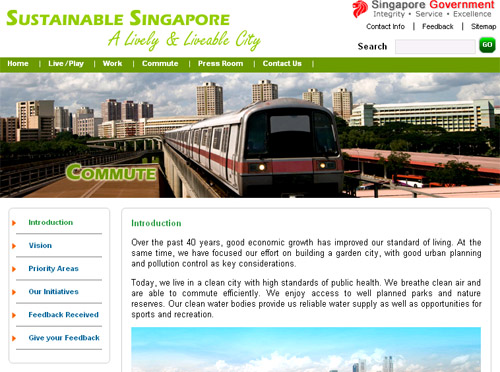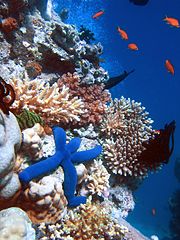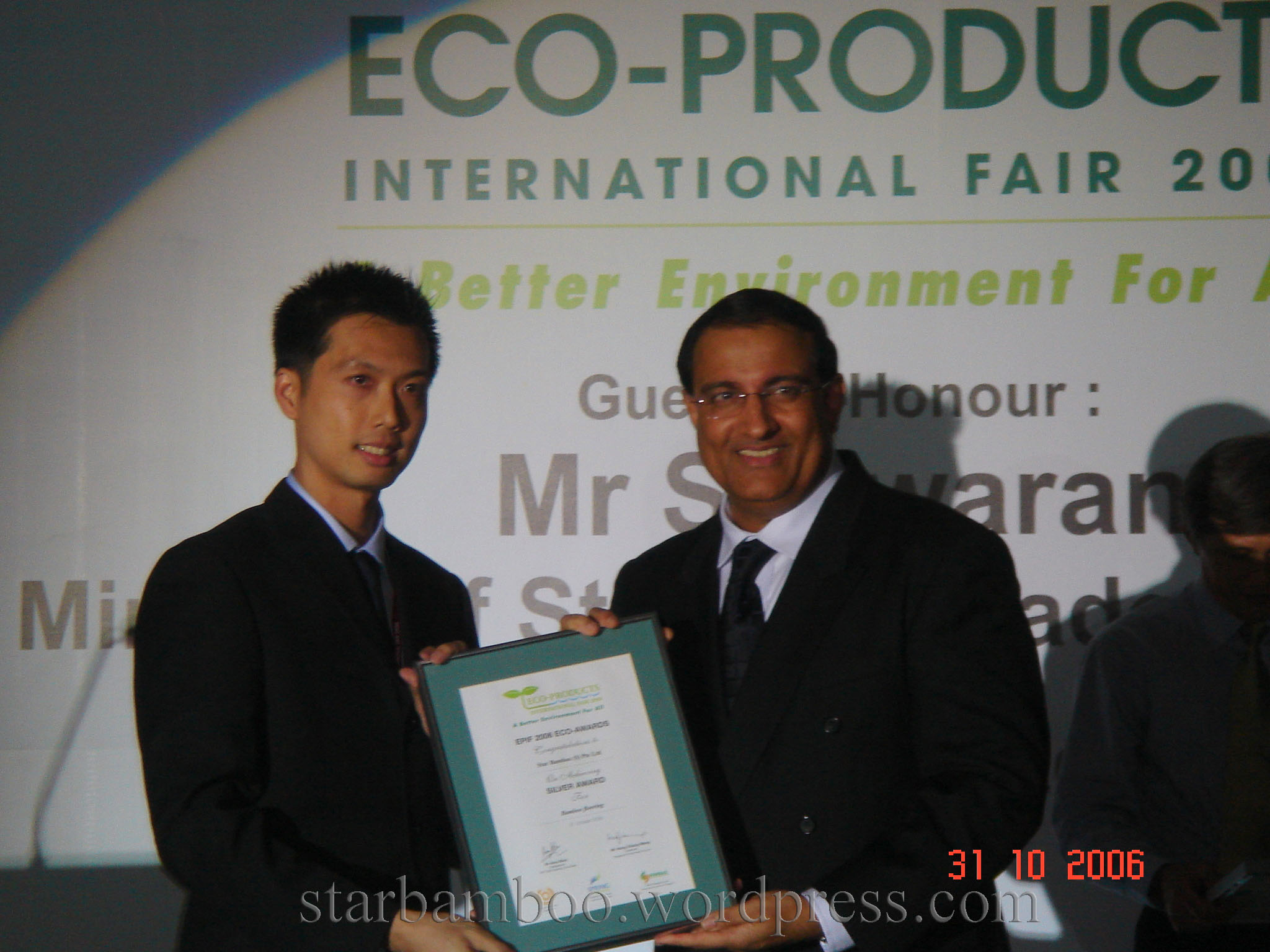Have you ever had an idea for make Singapore a greener place, but don’t know who to tell?
Well, the government announced in July the setting up of a web site to garner suggestions from Singaporeans on how to create an eco-friendly Singapore.
The Sustainable Singapore web site isn’t exactly user-friendly, but click on the Live/Play, Work, and Commute tabs at the top, and you’ll access a wealth of information.

The Straits Times reported today over 700 suggestions from the public have been received. Among those are calls to build dedicated bicycle lanes, and install solar panels on HDB housing estates.
If you want to submit your suggestions, don’t wait too long as closing date is end of October.
A quick search on the Internet also unearthed a couple of gems:
1) Green Business Times, an online resource to help Singapore companies go green, published a document with 20 wide-ranging suggestions.
2) The Online Citizen carried a piece by former NTUC Income CEO, Mr Tan Kin Lian, who focused on reducing the need for commuting. This can be achieved by making it easy and practical for people to:
- Work from home
- Work near the home
- Move their homes to be nearer their workplace
Let me just share my thoughts on the above:
Dedicated bicycle lanes
I bought a folding bicycle recently, and have been using it instead of driving my car for short commutes around the neighbourhood.
Last Friday, I even joined a cycling group for some night-cycling. The original plan was to go to Tuas but we decided to head to Fullerton Hotel to catch the fireworks. It was spectacular!
Most of us were wearing helmets, and all bicycles had at least two blinking lights. Some kiasu ones had up to four lights. Unfortunately, most cyclists don’t have lights when cycling at night. They are practically invisible to the typical driver.
There’s been a significant surge in numbers of bicycles on the road in recent years, probably due to their popularity with foreign workers, especially those in the construction sector.
There were a couple of times when vehicles (especially taxis) got a bit too close for comfort, but cycling on the roads is generally OK.
Dedicated bicycle lanes would make riding a much more safer and viable alternative to driving and public transport. This suggestion gets my two thumbs up!
Reduce commuting
This idea is not as crazy as it sounds.
I used to work in the CBD, and it took me about 45 minutes to get to work. It takes me another 45 minutes to get home, so 1.5 hours per day is spent on simply getting around.
People say that Singapore is a small country, it shouldn’t matter where you work.
The problem is not the distance but the terrible congestion during peak hours. On days with rain or traffic accidents, the commuting time easily stretches up to 1 hour per trip.
Now my office is about 10 minutes away, going up to 15 minutes on bad days. I save more than an hour every day, and the reduction in traffic-induced stress is incredible.
By working near my home, my quality of life has improved significantly.
Not everyone will find it to be a feasible idea, but if possible, reduce your commuting.
Green Drinks event on 28 Aug 2008
OK, a plug for Green Drinks! Come get together and chat about your burning green issues in a cosy, relaxed cafe. It takes place on the last Thursday of every month, so the next one is just 3 days away.
This time, we’ll be talking about the Sustainable Singapore initiative. Come join us, you can check our Facebook page for more information.
See you there!






